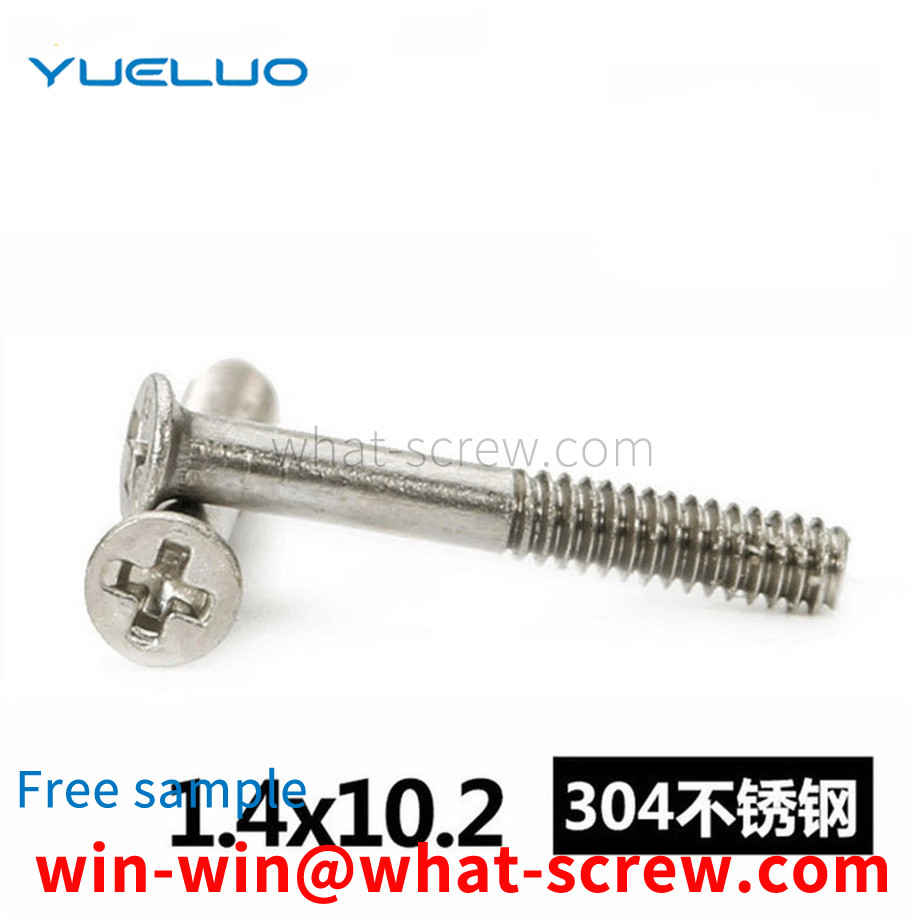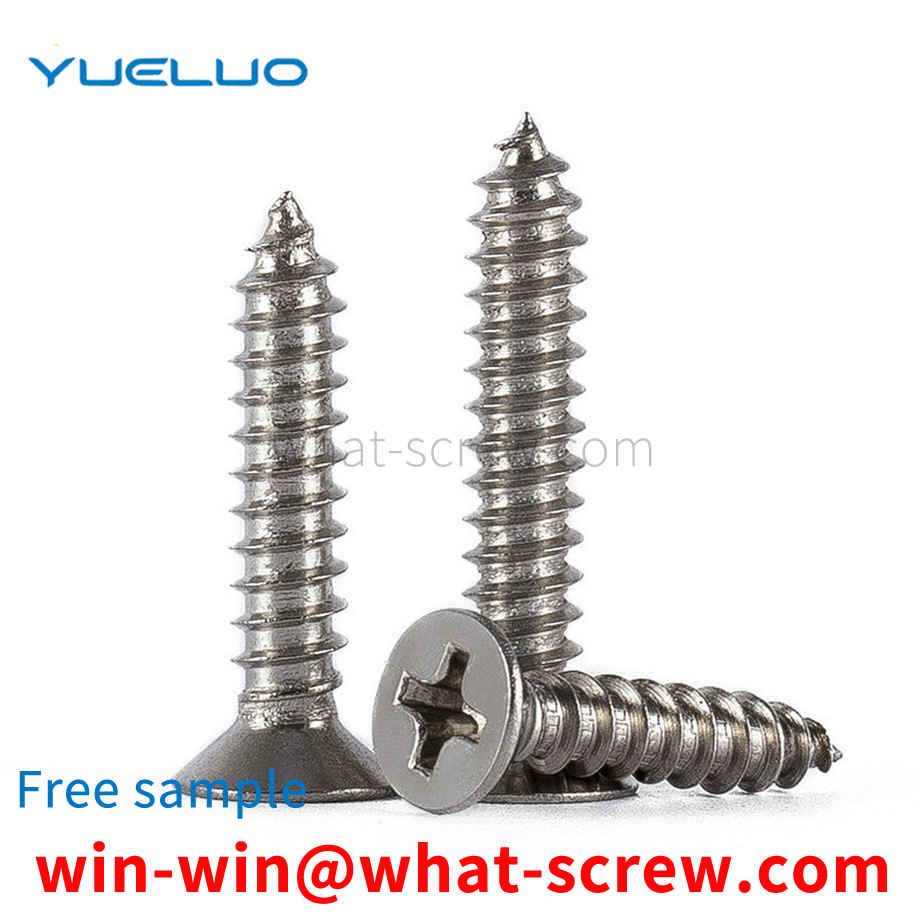What is the tolerance range of precision screws?
What is the tolerance range of precision screws?
Service Hotline
+86760-8787 8587We have more than ten years of production experience in the screw industry, the main products are: GB70 stainless steel hexagon socket screws, 201 elastic washers, GB6175 super thick nuts, plug screws, GB70 cup head bolts, miniature instrument watch electronic screws, hand screws Cap, CLS nut, brass knurled nut, copper column supporting copper column motherboard, 8.8 grade bolt, hole pin GB882 with screw, tooth 1.5 screw, 6304 stainless steel screw, set extension screw through wall nails and other fasteners, due to the product material Different specifications and different prices, please contact us if necessary.


A nut provided by Yueluo. The nut is in the shape of a casing and is provided with a threaded section. One end of the threaded section is provided with a protrusion on the wall of the hole. The nominal size of the segment or the distance from the rear end of the lug to the hole core in the screw-in direction is smaller than the nominal size of the threaded segment.

1. Other names: root nut, anti-loosening nut, nut. 2. Purpose: To lock the outer joint of the through wire or other pipe fittings. The working principle of the nut is to use the friction between the nut and the bolt for self-locking. However, the reliability of this self-locking is reduced under dynamic loads. In some important occasions, we will take some anti-loosening measures to ensure the reliability of the nut locking. The lock nut is one of the anti-loosening measures. The anti-loosening effect of the lock nut mainly depends on the interaction force between the nut and the thread of the bolt. There are many ways to improve the interaction force between meshing threads, such as structural improvement of nut threads, nylon roughening of nylon nuts, and surface treatment of threads.


The nut is based on the reaction force principle of the inner hexagonal cone of the clamping part and the outer hexagonal cone of the locking part. The higher the pressure, the tighter the lock, so that the bolt can achieve the purpose of self-locking and tightening. The existing bolts rely on multiple nuts against each other to prevent loosening. This method cannot be completely locked, and the bolts are easily loosened when subjected to huge pressure and vibration, which hides potential safety hazards;

T-bolts are often used in conjunction with flange nuts, which are standard supporting connectors when installing corner fittings, and can be automatically positioned and locked during the installation process. At present, in the welding process of T-bolts, there is often a method of manual welding. Using such a method, the manufacturing cycle is long, the labor intensity is high, the production efficiency is low, and the welding quality is difficult to guarantee.

The above content is uploaded by Yueluo or the Internet. If there is any copyright issue, please contact [email protected].

What is the tolerance range of precision screws?

How to choose the right stainless steel screw manufacturer?

Why is there an R angle under the head of the hexagon head s...

We have more than ten years of production experience in the ...

We have more than ten years of production experience in the ...

We have more than ten years of experience in screw industry ...

We have more than ten years of experience in screw industry ...